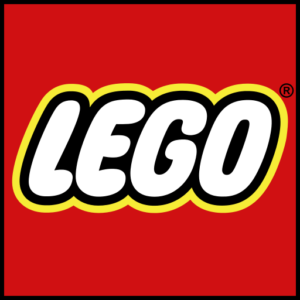Has LEGO improved gender equality in their sets? An International Women’s Day 2020 feature
 18
18

Three years ago in 2017, LEGO announced that the Women of NASA Ideas set had been selected to be turned into a retail LEGO set.
In what should’ve been a momentous and happy occasion to celebrate not only gender equality but also Women in STEM, the complete opposite happened as a small group of vocal LEGO fans in some of the biggest communities turned absolutely sour, blanketing the comments section on Youtube and on blog posts with really backwards sentiments.
To me, who at the time had just recently become a new father to a young daughter, it struck me both with anger and sadness to see vocal minorities within the LEGO community spew really hostile comments deriding gender equality.
So I wrote about it, and the post struck a chord becoming one of my most-read pieces that year. Intrigued about gender equality and balance in LEGO, a week after that episode (which I consider one of the most shameful in the AFOL era) during International Women’s Day, I decided to take a deep-ish dive into the gender equality in the context of LEGO.
International Women’s Day is a big deal, a global day celebrating the social, economic, cultural and political achievements of women as well as marking a call to action to accelerate gender parity.
I had suspected that LEGO was making strides with closing the gap between male and female minifigure representation in sets, but I needed the actual data, so I looked into four of LEGO’s cornerstone themes – City, Friends, Star Wars and Super Heroes to identify any trends.
In short, the findings did suggest that LEGO was making terrific progress in LEGO City, with the other three themes lagging behind.
For International Women’s Day 2020, I’d love to revisit the data, and see how things have progressed in the last two years.
The methodology remains the same, using Brickset’s database, I took a look at 4 themes (City, Star Wars, Super Heroes (lumped Marvel and DC together ) and Friends to determine the extent of female representation in sets from 2018 – 2019 and added it to my old data set.
Halfway through, I realised that my 2017 data set was incomplete, as it only contained H1 sets, so apologies for that.
LEGO City
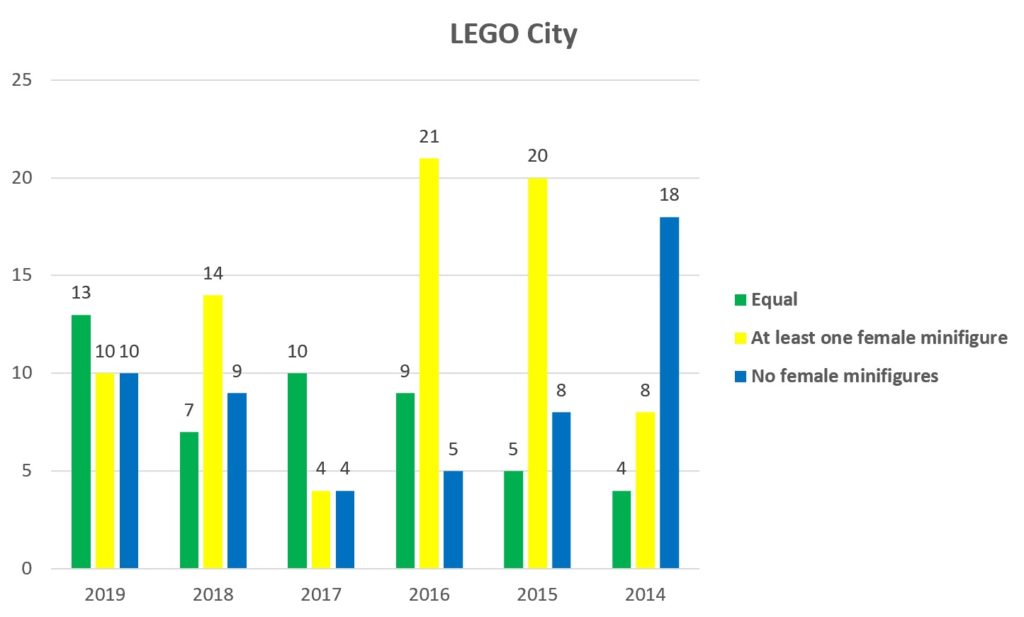
Following very promising data from the first half of 2017, it looks like LEGO has achieved gender parity in recent years with LEGO City.
2019 is a standout year, with more sets that had equal numbers of male and female minifigures compared to those that only had at least one female minifig, or none.
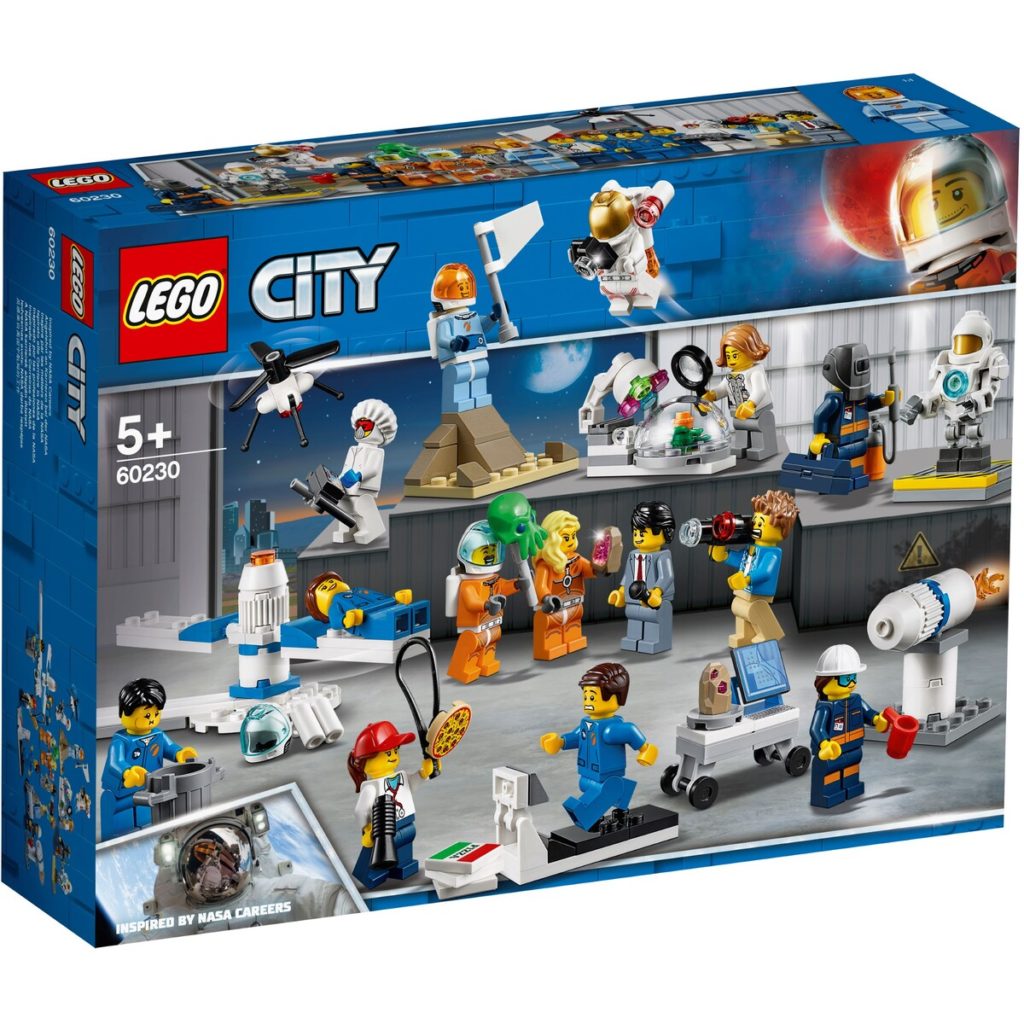
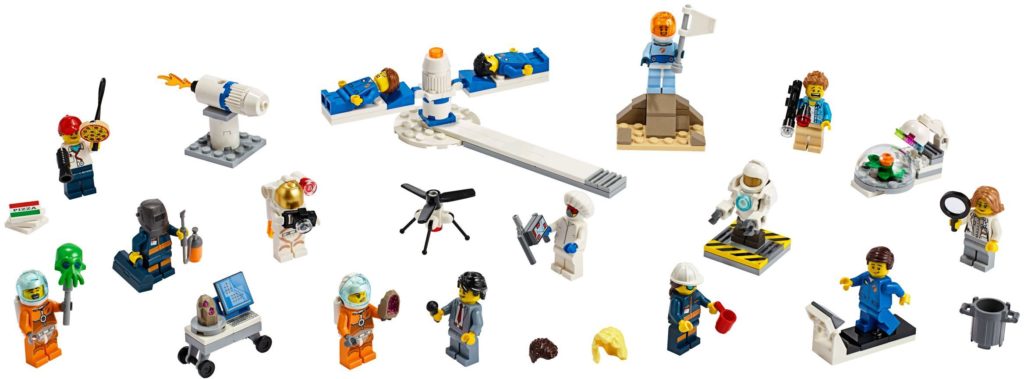
The last two years has seen LEGO City really lead the charge in terms of gender equality, placing female characters in roles that aren’t just exclusive to men – that includes risky jobs like Astronauts, fire fighting and even dirty jobs like garbage disposal.
2019’s City Space theme was one that really led the way in terms of blurring the gender lines.
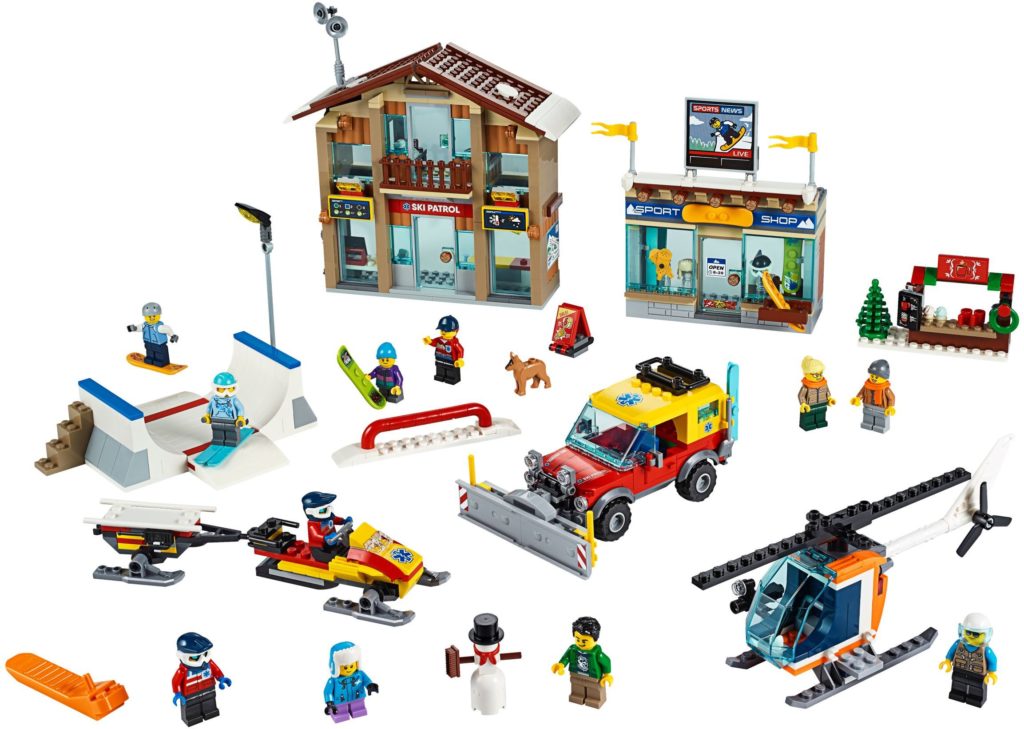
Another highlight was 60203 Ski Resort, which had MORE female minifigures than male characters, which is nothing short of ground-breaking.
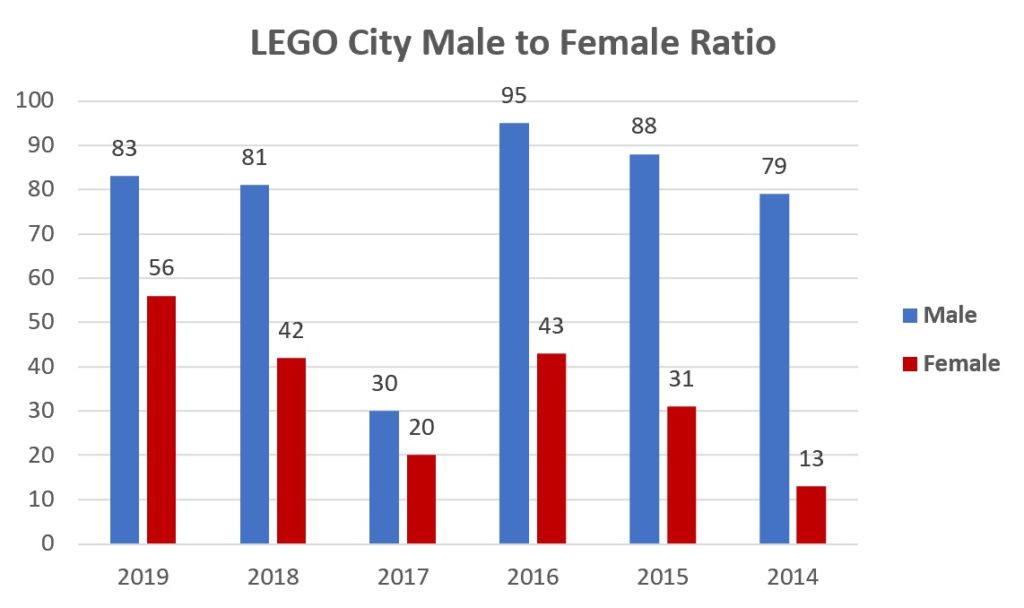
While the population isn’t still 50-50, 2019 ended strongly with the most number of female minifigures ever, and really getting close to actual parity.
Seeing LEGO City lead the charge is very important for two reasons. Firstly, City has always been considered a “boy’s theme”, and I think it’s really powerful to use LEGO sets to signal to young boys that hey, women can have all the same jobs as male characters.
Secondly, the added representation could also hopefully inform parents that City is slowly but surely becoming more gender-neutral, and feel comfortable about buying Police, Fire, or Space sets for their daughters, instead of gravitate towards Friends sets.
I can’t wait to see how 2020 and beyond will turn out for LEGO City, and I really have to congratulate and commend the LEGO Design and Product team for making such huge strides in LEGO City.
LEGO Star Wars
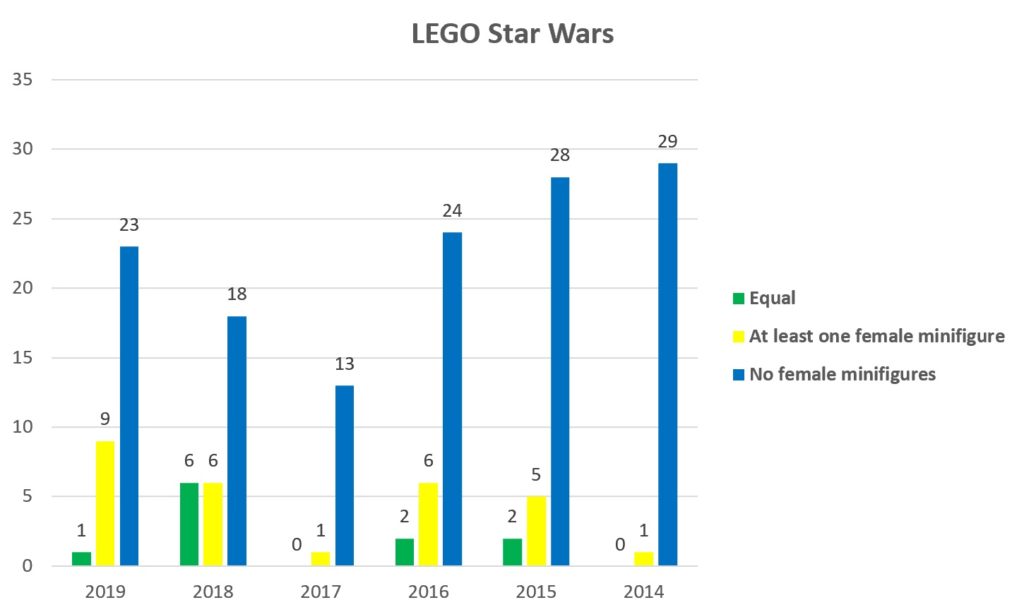
That said, the same can’t be said for Star Wars. While there is some slight movement with more sets containing female characters, the balance is still way out of whack.
2018 was an exception to the rule, probably due to the Solo sets, which featured the likes of Emilia Clarke headlining the movie, but it all regressed in 2019 – despite the fact that The Return of Skywalker was in cinemas.
Licensed themes like Star Wars are tricky, especially since LEGO designers are so heavily reliant on the source material. If the source material lacks women in leading roles, their hands are pretty much tied.
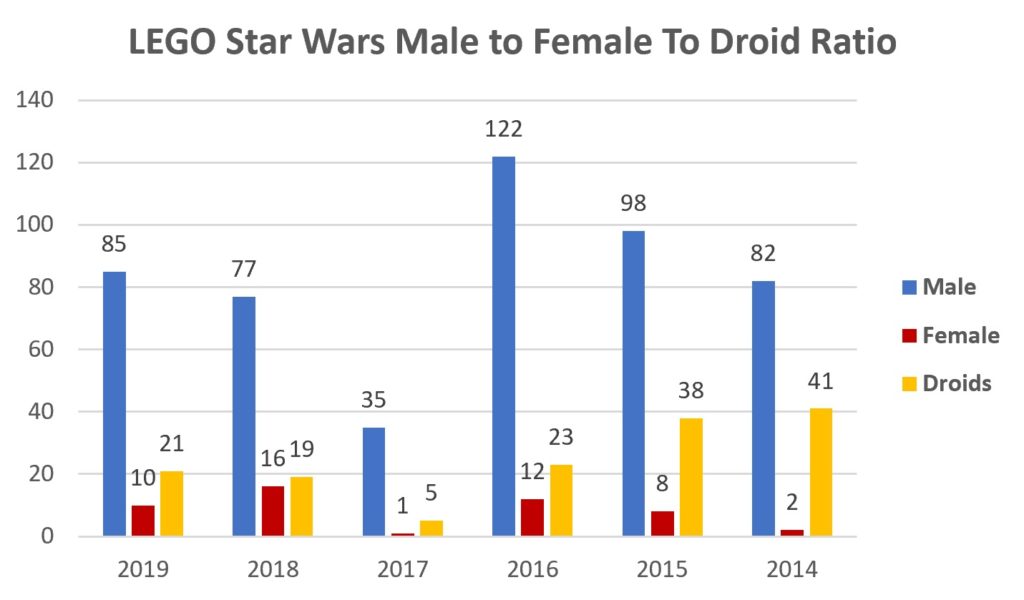
I mean, sure, it’s Star Wars, but I’m not sure if it’s a good idea that droids outnumber women in LEGO Star Wars sets.
Then again, maybe fans just don’t want strong female characters in Star Wars.
LEGO Super Heroes
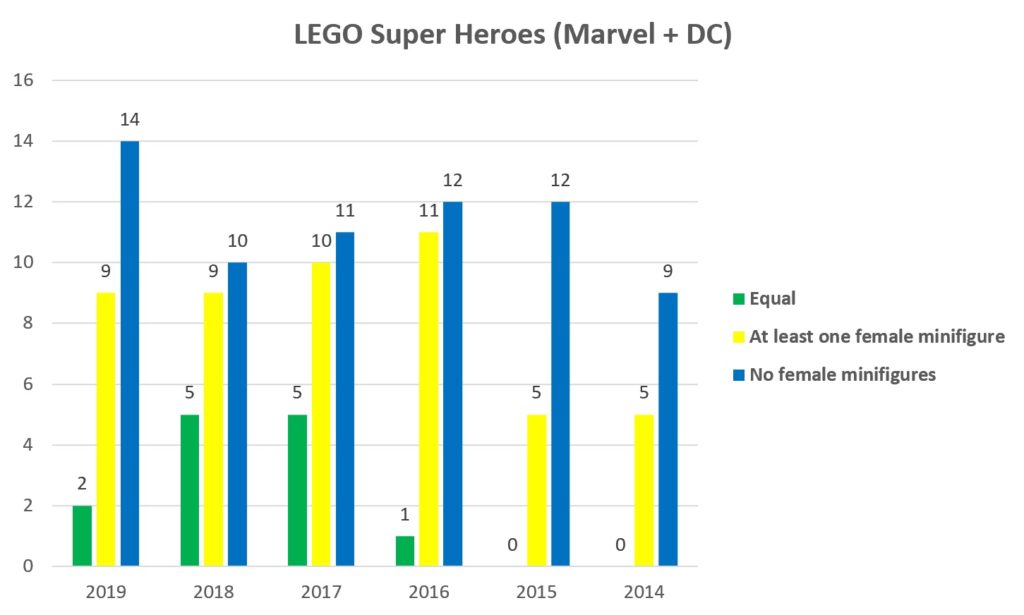
Like Star Wars, this particular trend also does seem to extend towards the Super Heroes theme, which encompasses both Marvel and DC, with a slight regression in 2019.
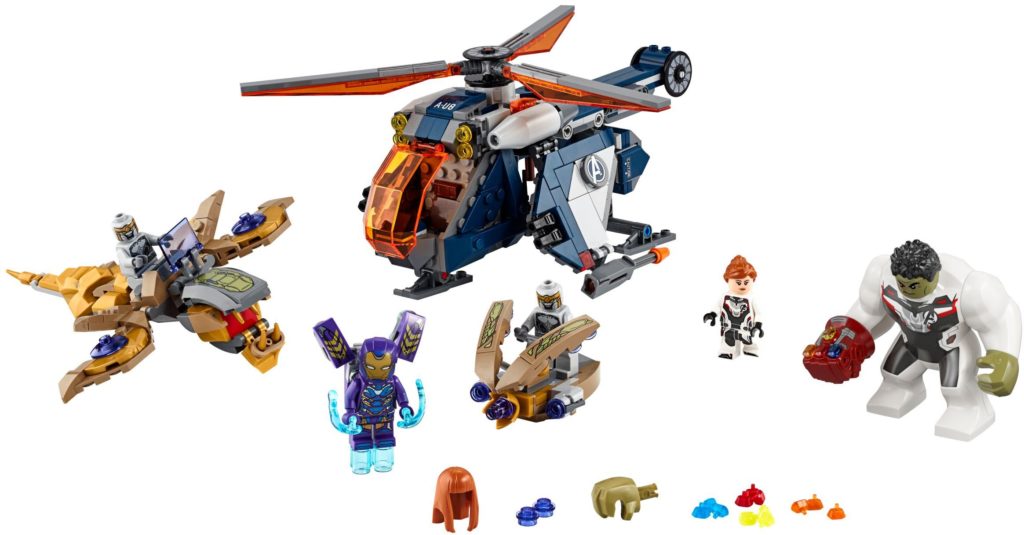
Unlike Star Wars, it’s not all bad – Marvel and DC have been doing a commendable job trying to push their female-led characters into the forefront both on-screen and in merchandise.
Sets like the Avengers Hulk Helicopter Rescue have made history, being the first Marvel sets where female characters (Pepper Potts/Rescue & Black Widow vs Hulk) outnumbering male characters.
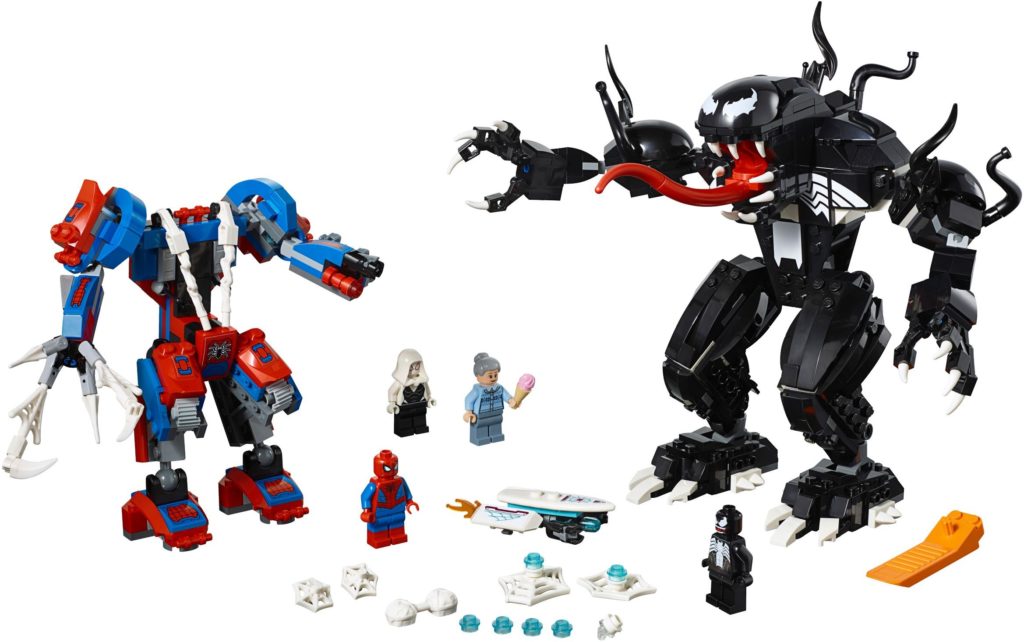
Sets like Spider Mech vs Venom also help with an equal male to female ratio.
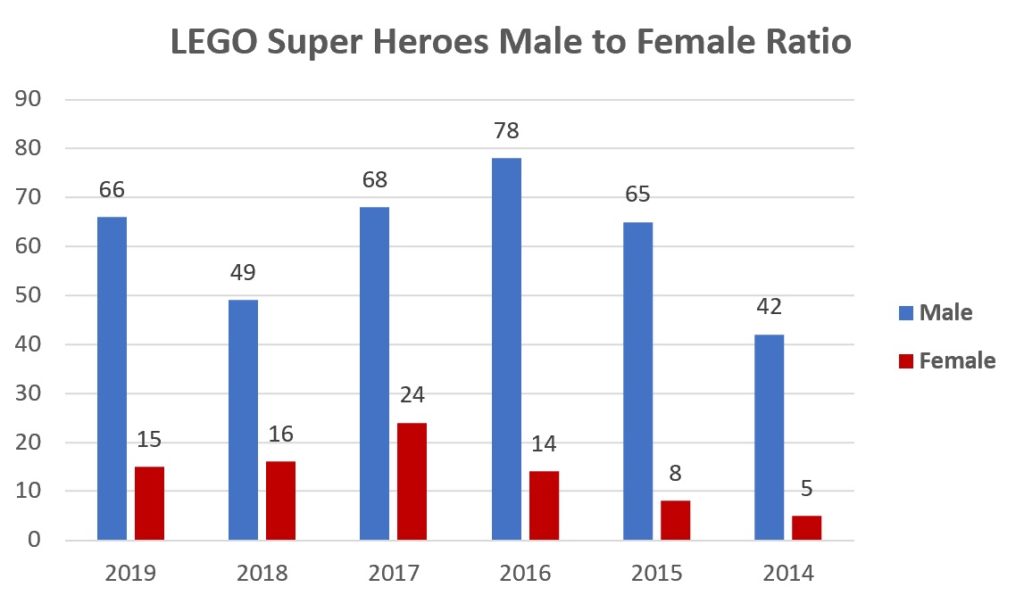
Like Star Wars, the designers are at the mercy of the source materials, but I think a lot more can be done to feature and showcase female super heroes.
It’s 2020 and we have three Superhero blockbusters being headlined by women (Harley Quinn, Black Widow and Wonder Woman), so I really hope this means that the tide is slowly turning.
LEGO Friends
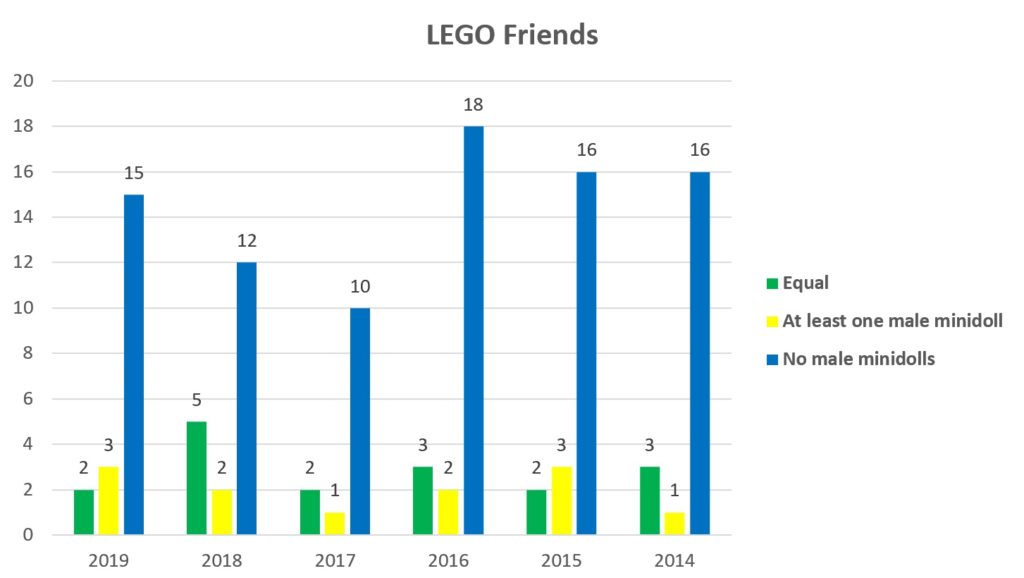
Sadly, the most gender-imbalanced theme also happens to be the one that’s aimed mostly at young girls – LEGO Friends.
Heartlake City is still crying out for more men, and it’s hard to say if change is actually happening. 2018 was a standout year, with the most ever gender-equal sets but that seems to have regressed again in 2019.
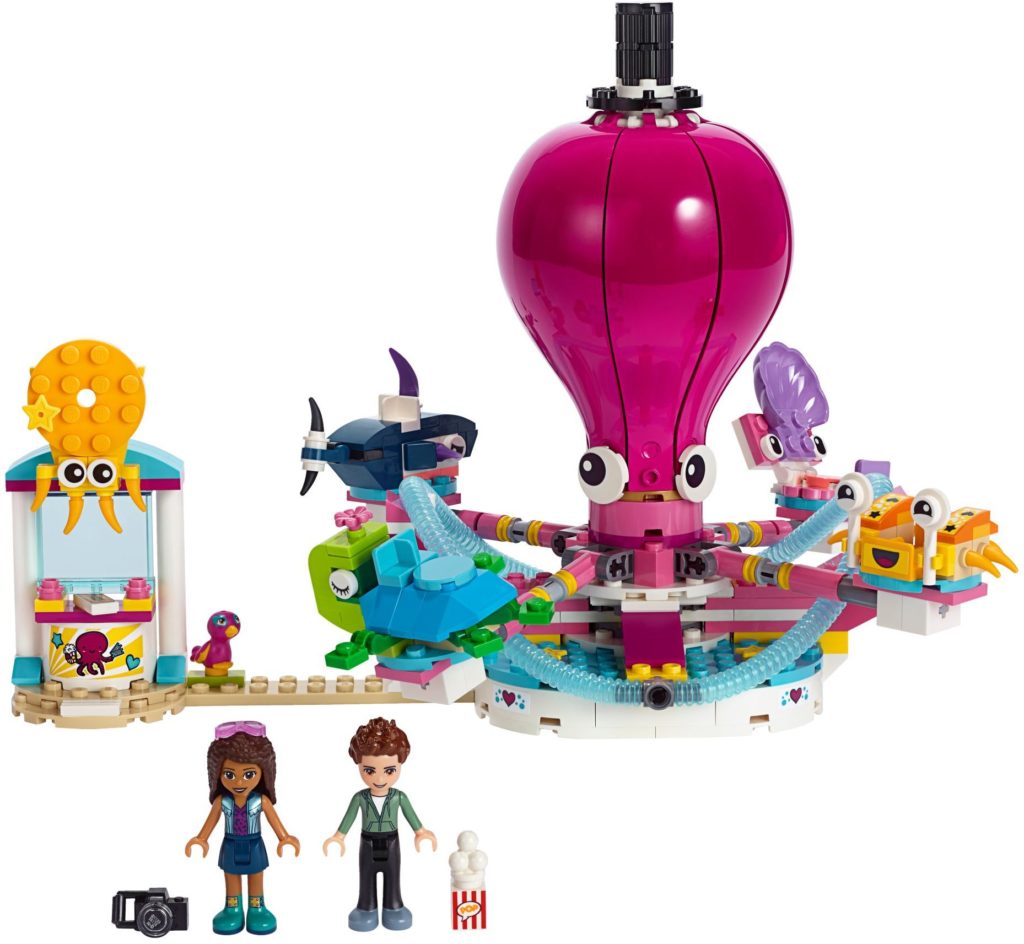
Friends is in a tricky spot. I have a 3-year old daughter and she absolutely LOVES playing with female minifigures and princesses and couldn’t care about male characters (unless its Woody & Buzz Lightyear or Kristoff from Frozen), so maybe their research has shown that young girls don’t want boy minidolls.
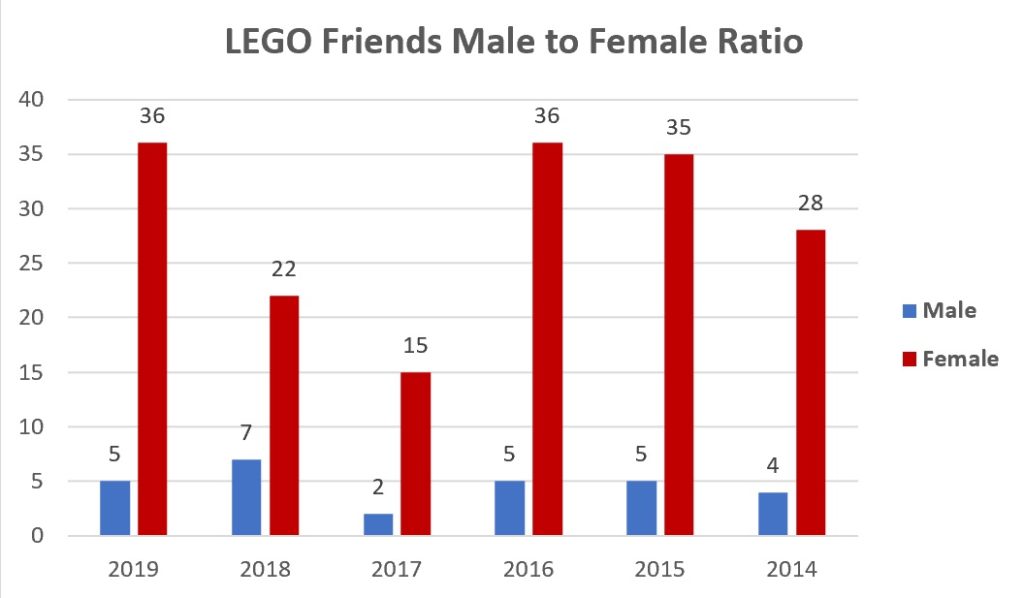
It’s pretty stagnant and from how the numbers look, I don’t see it changing any time soon, which is a shame, because I definitely want more male minidolls!
Looking at these four themes, I was absolutely expecting more progress, especially with the other themes catching up to LEGO City, but that clearly hasn’t really transpired.
Progress is slow, and it’s really encouraging to see LEGO City really take the lead in closing the gap between male and female characters, and hopefully, we’ll see it actually hit 50-50 in the near future.
I do wish the other themes would catch up, because it would open up so many more possibilities and send such a strong signal to young girls if they can see themselves in more Super Heroes or Star Wars sets.
LEGO are in a tricky spot, as they need to balance commercial decisions with progressive ones such as closing the gender gap.
I do think that there’s still so much to do, and LEGO is absolutely on the money trying to broaden its appeal away from their core demographic of “8 year old boys” to also be inclusive of younger girls.
Whether they succeed in attracting girls is a whole other matter, but since they have such a strong influence on how boys play, I think normalising the fact that women can do all the same jobs men can do at such a young age is truly promising.
I hope you enjoyed this editorial! It was really fun to revisit this topic, and Happy International Women’s Day to all my female readers!
If you’d like to read more on this topic, I highly recommend giving The Rambling Brick a read, as well as check out The Women’s Brick Initiative who are doing great work inspiring and empowering female LEGO fans.
I’d love to hear your thoughts on gender representation and equality in the context of LEGO. Would you like to see LEGO do more? Should they do more? Let me know in the comments!





